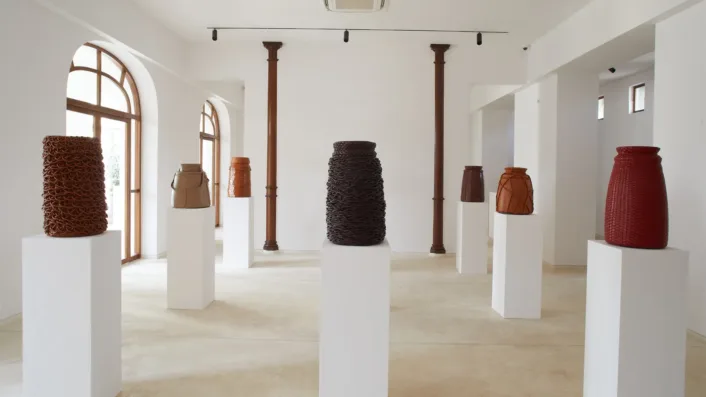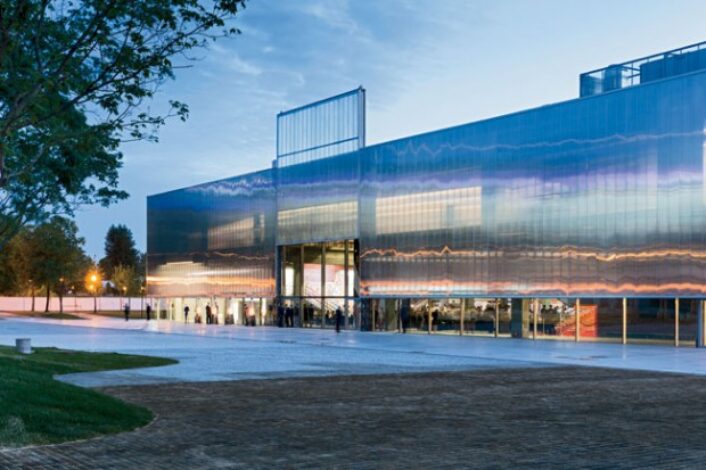Culture
Inside Mumbai’s new Art House, a wonderful subset to Nita Mukesh Ambani Cultural Centre
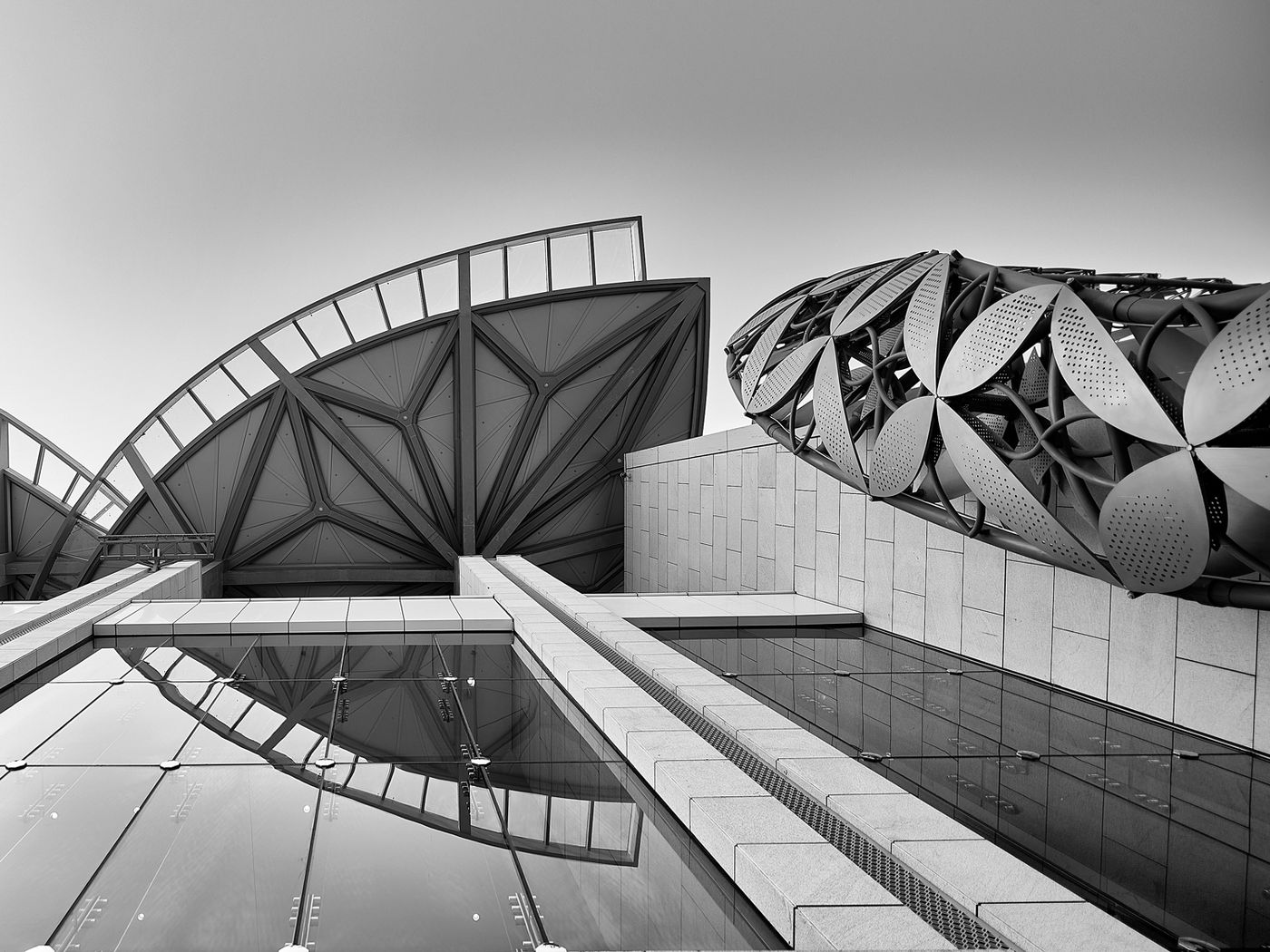
An exterior view of the Nita Mukesh Ambani Cultural Centre from the top.
Image courtesy of: Wall Street Journal, photographed by: Tenzing Dakota
We are so impressed and energized by Isha Ambani Piramal and her mother, Nita M. Ambani because for the past ten years, the pair has been working hard to showcase art of Indian artists throughout the world. Gaining a respected reputation in international art circles, it has been the Ambani family’s mission to use some of their $83 billion fortune to promote Indian artists and bring international art to their country, and specifically to their new state-of-the-art museum.
Recently, Piramal opened a 16,000-square-foot “not fancy” museum within the multi-discriplinary Nita Mukesh Ambani Cultural Centre. The four-story visual art-oriented Art House opened in April. Courtesy of the center’s website, Piramal said, “an ode to our nation, the Cultural Centre aims to preserve and promote Indian arts. I hope our spaces nurture and inspire talent, bringing together communities from across India and the globe.”
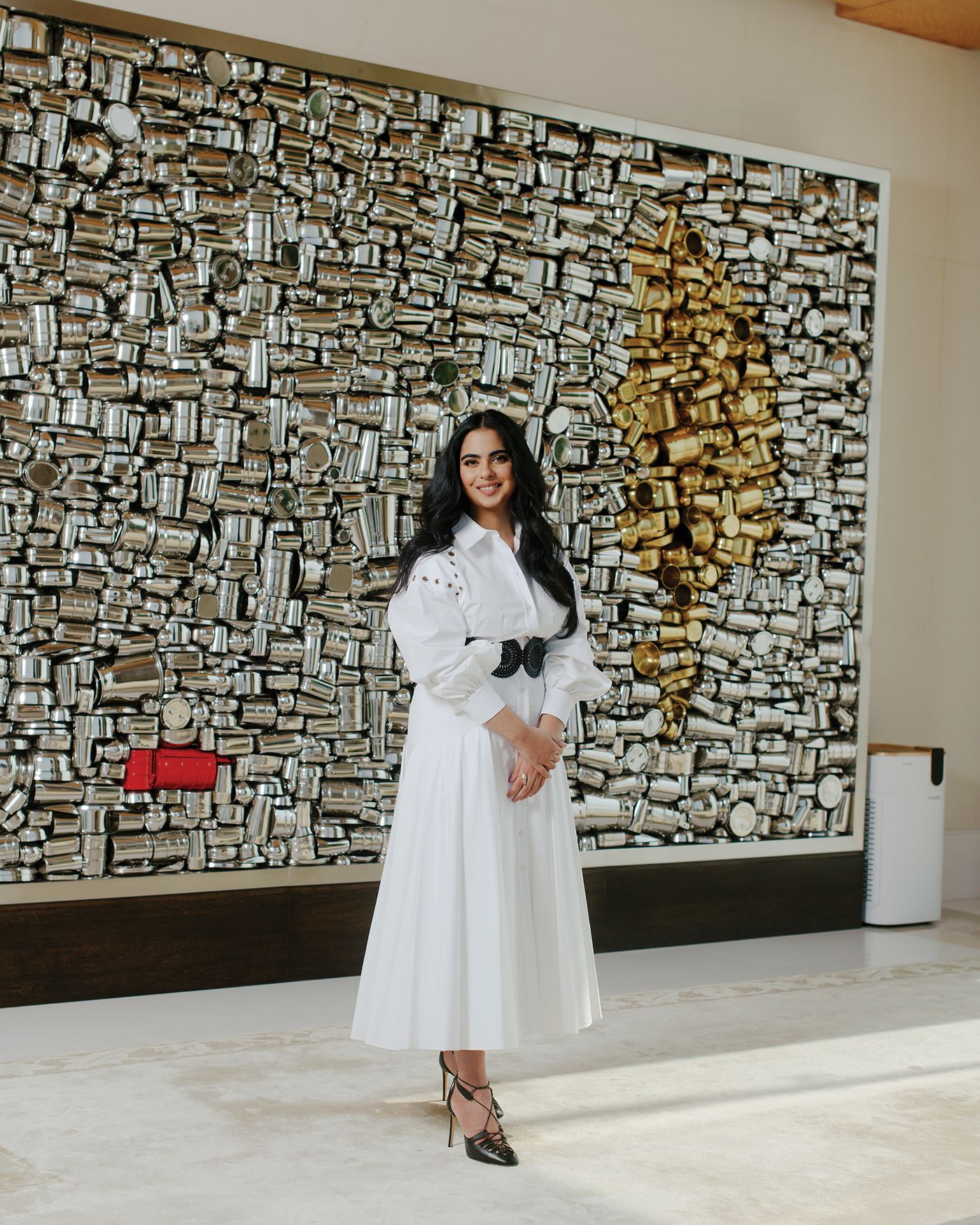
Piramal in front of a work by Subodh Gupta.
Image courtesy of: Wall Street Journal, photographed by: Tenzing Dakota
Rather than featuring the family’s art collection, Art House will have rotating shows; it will operate in a flexible way that enables the space to be used for exhibits, art fairs, and biennials. Piramal does not plan to rest on her laurels, she hopes to use cues from visitors to understand what they would most like to see.
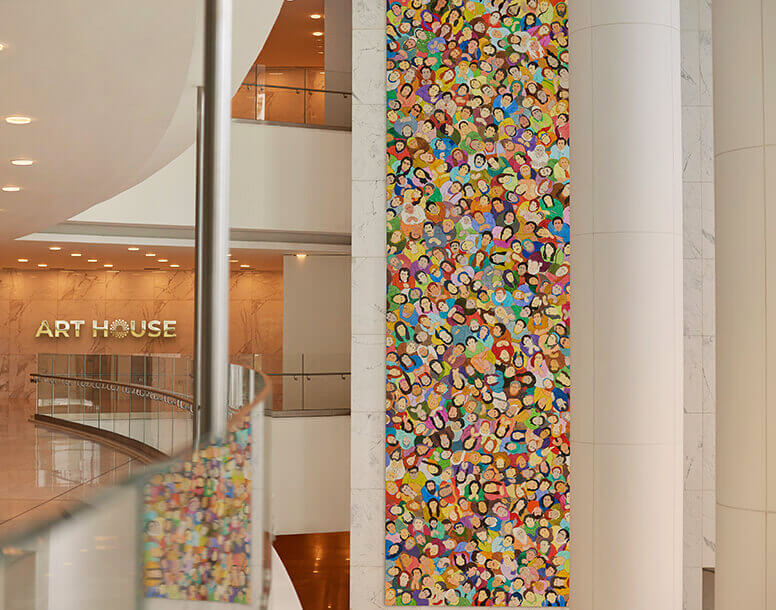
Image courtesy of Nita Mukesh Ambani Cultural Centre
The path has not been easy; years ago Piramal realized that many of the world’s top museums did not want to send their most important traveling shows to India. Curators told her that India desperately needed a space with revolutionary security and clime-control technologies… both vital features that did not exist in any of India’s state-run institutions.
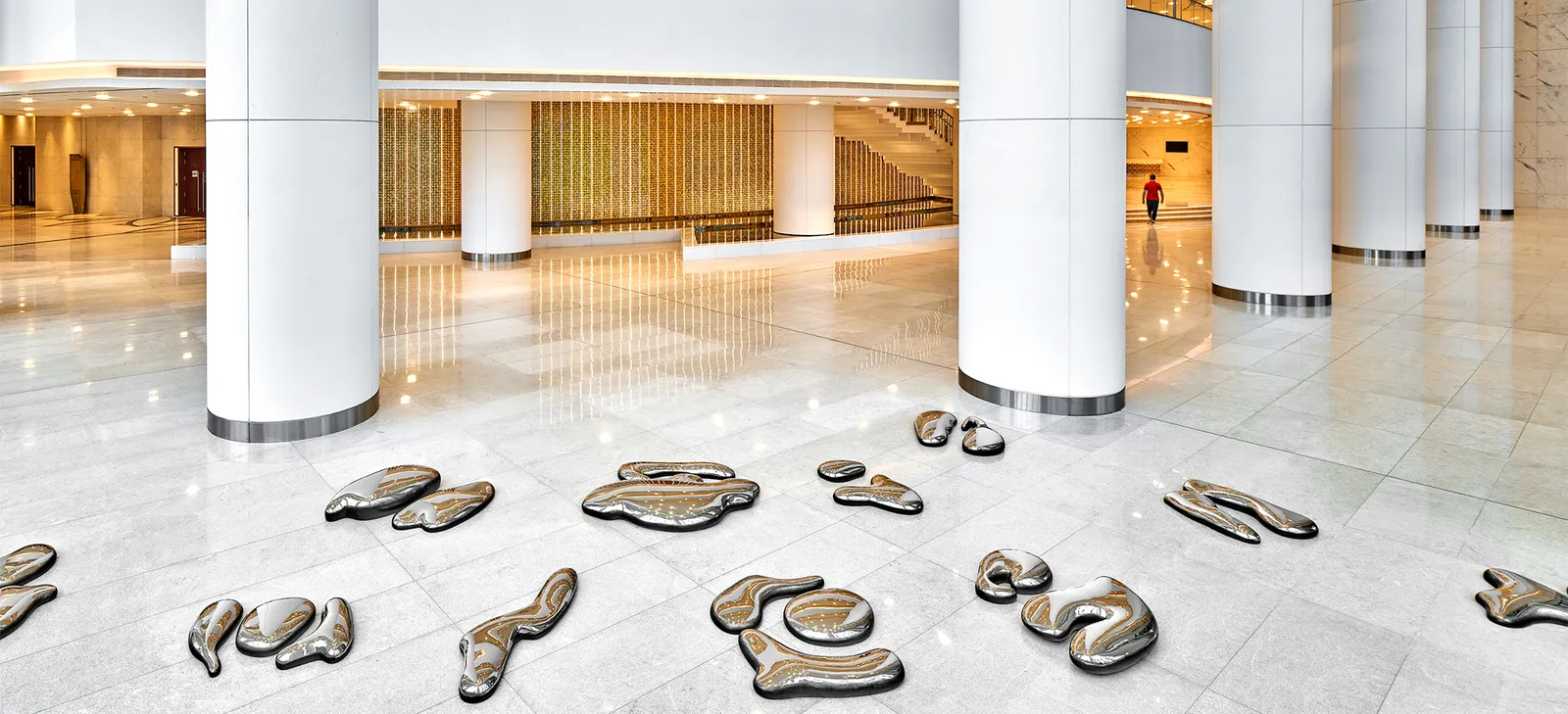
“Clouds, 2019.” An interesting installation by Yayoi Kusama inside the Art House.
Image courtesy of: Vogue India
In 2016, the family decided to build their own modern museum so that top-notch museums from around the world would feel secure in including Mumbai in their “traveling tour”. Courtesy of the Wall Street Journal, Isha recently said, “We want museums to send their works to us and breathe easy.” That, in addition to designing a friendly space, has been monumental to a country where previously, art could only be viewed in galleries.
Isha herself is a collector, primarily focusing on Indian women artists. Her interest in art goes back to her childhood where traveling abroad and going to different museums and art shows left a lasting impression. Isha is adamant about the fact that those experiences helped to cement her identity as that exposure was not available in her own country.
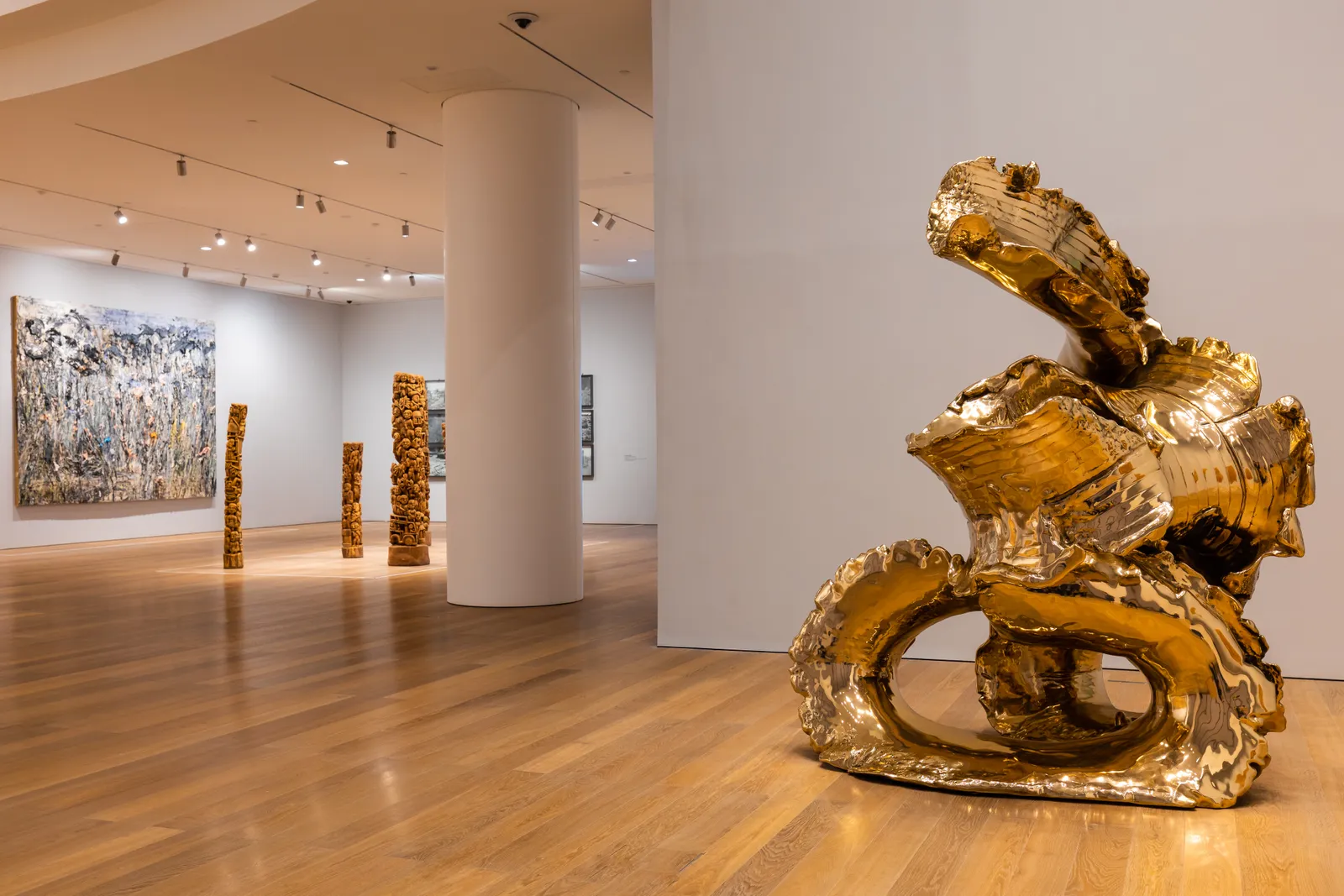
A piece by Lynda Benglis was part of the Art House opening show, “Sangam/Confluence.”
Image courtesy of: Vogue India, photographed by: Mitsun Soni
The museum’s first show featured ten artists, six were born in India and the remaining four were international, but with some connection to India. The show featured both “established artists and discoveries;” the intention was to feature the range of India’s wide cultural influences.
The show was curated by two heavyweights, Jeffrey Deitch, the former director of the Museum of Contemporary Art in Los Angeles and Venice Biennial veteran, Ranjit Hoskote. At the core, the curators wanted to feature artists that encompass India’s diverse contemporary art scene. Historically, many Indian artists have been nurtured worldwide through artist residences, biennials, and funding via grants… some choose to return to India while others have remained abroad.
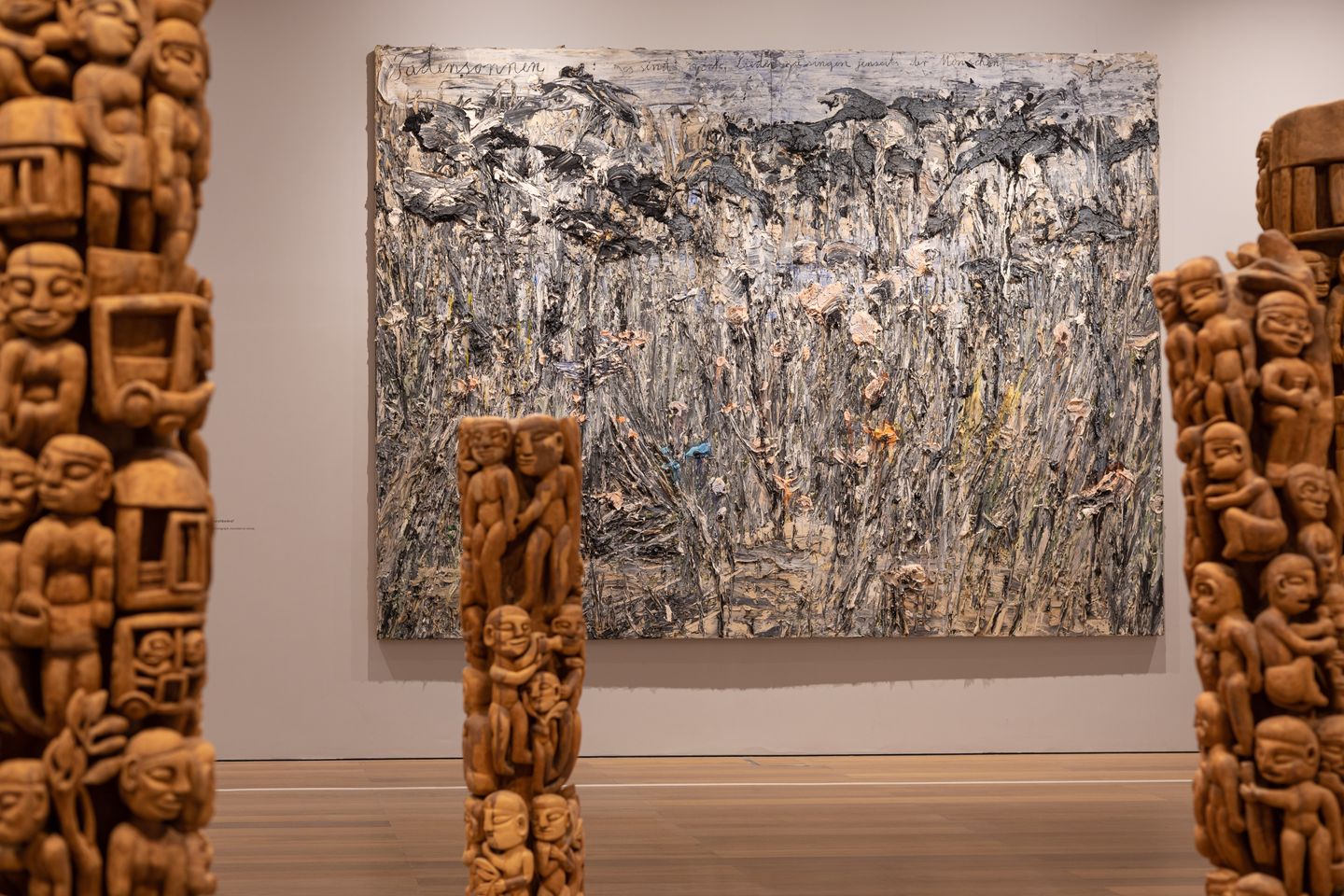
From the opening exhibition, a sculpture by Shanti Bai, a folk artist from Bastar, a central district in India. Behind is the 2009 “Fertile Crescent” by Anselm Kiefer; the words on the work were inspired by a group of photographs the artist took of India’s brick factories.
Image courtesy of: Ocula, photographed by: Mitsun Soni
Part of the reason this is so important is because there is now a large generation of Indian millennials returning home after spending their college years, and the years following abroad. As such, there is an increased need to (as Isha says, courtesy of the Wall Street Journal), “bring the best of what we’ve seen back with us.”
This changed attitude and perspective opens up a huge new market, one previously a bit stunted. With a revolutionary museum and investment in the local art scene, there is no doubt that India will not remain “art deprived” for much longer!
